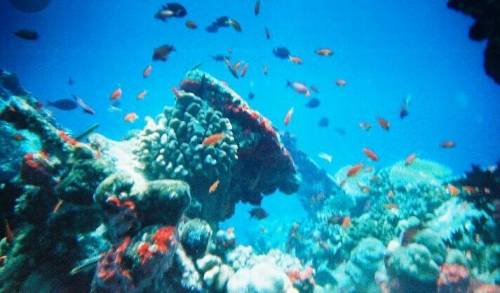The largest of all the ecosystems, oceans are very large bodies of water that dominate the Earth's surface. Marine ecosystems are aquatic environments with high levels of dissolved salt, such as those found in or near the ocean.Marine ecosystems are defined by their unique biotic (living) and abiotic (nonliving) factors.
Explanation:
Hope it helps you!!



